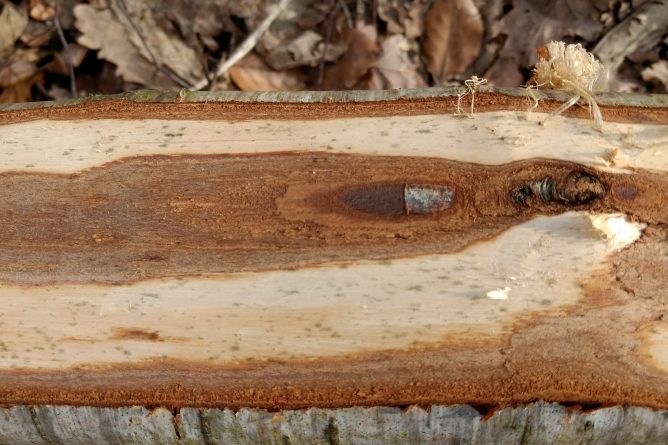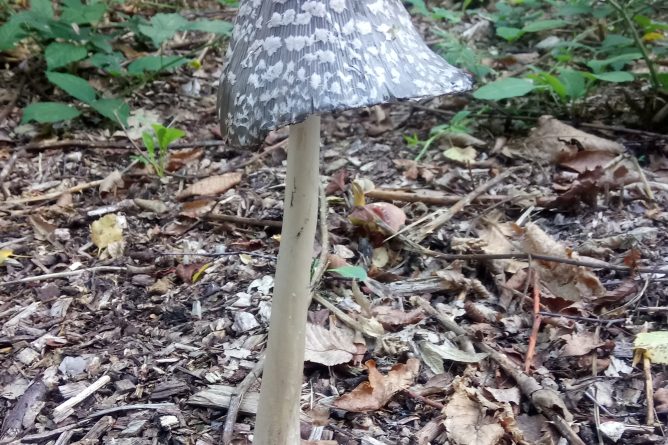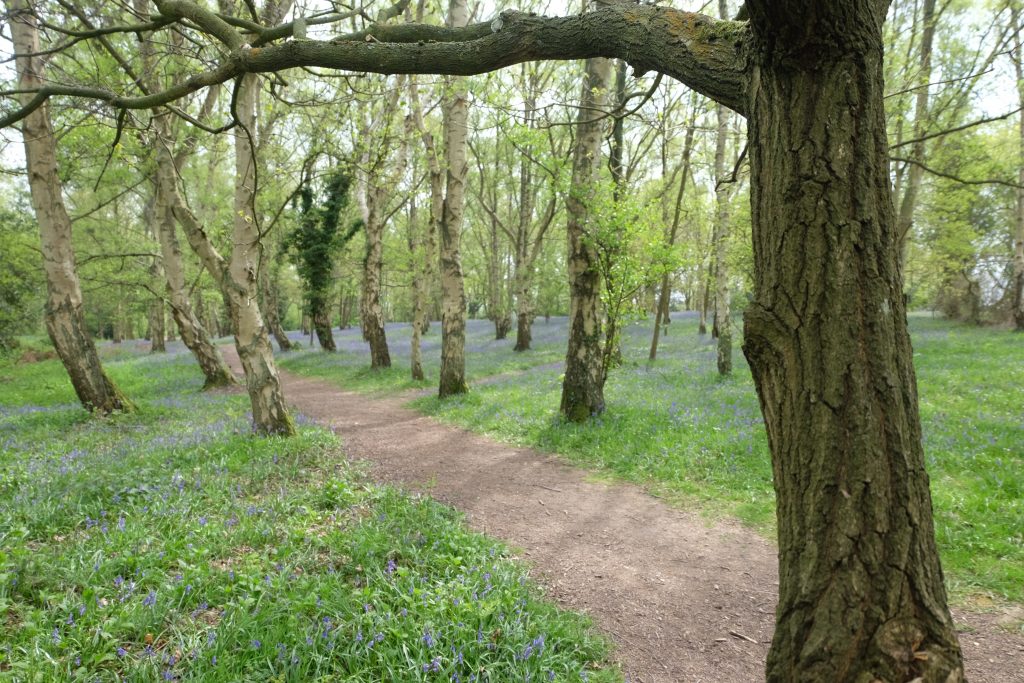The Sustainable Development Goals (also known as the Global Goals or SDGs) are 17 goals that outline a vision for a sustainable world by 2030. The 17 goals and underlying targets were created and signed by 193 countries at the UN Sustainable Development Summit in 2015.
The goals seek to finish the job that was started by the Millennium Goals which ran from 2000 to 2015 and brought 850,000,000 people out of extreme poverty and yet saw carbon emissions increase by 9,850,000 kilotons.
The University of Kent has signed the SDG Education Accord that commits us to embedding all 17 goals into our operations, teaching and research. As part this we would like all staff and students to become familiar with the goals by getting out and about across campus and discovering all 17.
Launching in autumn 2020 a new trail around campus showcases each of the 17 goals whilst leading you across central campus and to the Kent Community Oasis Garden.
The trail starts with SDG 1: No Poverty, which aims to eradicate extreme poverty and reduce overall poverty by 50% by 2030. You will find this post on central campus near the Library.
The trail ends with SDG 17: Partnerships, which you will find at the Kent Community Oasis Garden, our flagship community partnership project at the Canterbury campus where food growing is used as a way of meeting new people, reducing stress, learning new skills and getting some fresh air.
Please check back once the trail has been installed for more information and a map of all the posts.





